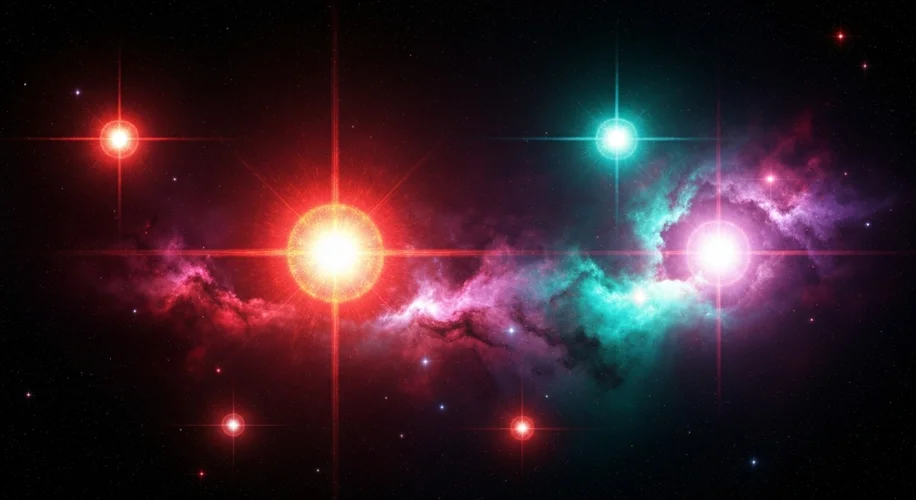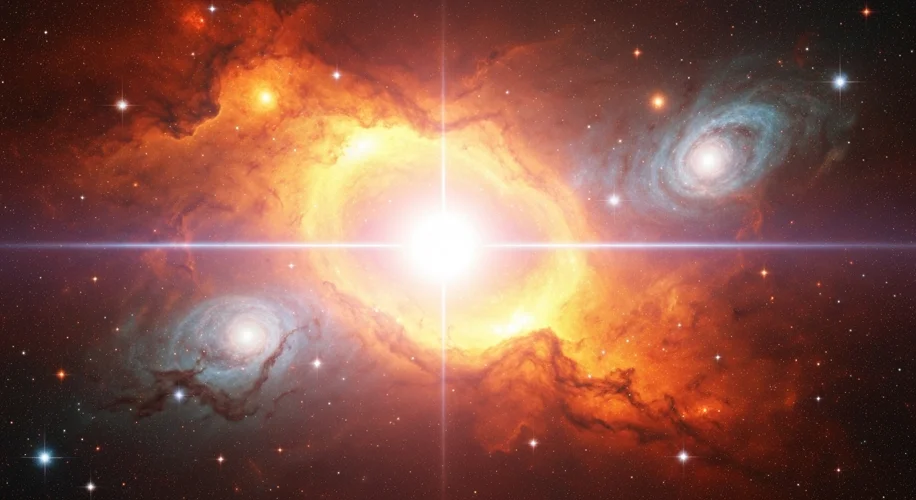Imagine a universe utterly devoid of light. Not the gentle glow of a distant galaxy, but a true, absolute darkness, stretching for eons. This was the primordial canvas of our cosmos, a vast, cold expanse of neutral hydrogen and helium, awaiting the first spark of creation. Then, some 13.5 billion years ago, in the crucible of gravity and primordial matter, something extraordinary happened: the Cosmic Dawn.
This epoch marked the birth of the very first stars, colossal beings known as Population III stars. These weren’t the sun-like stars we know today. They were titans, hundreds of times more massive than our Sun, fueled by pure hydrogen and helium, with no heavier elements – no carbon, no oxygen, no iron – to temper their nuclear furnaces. Their lives were brief, perhaps only a few million years, but their impact was eternal. They burned with an unimaginable ferocity, their ultraviolet light powerful enough to ionize the surrounding hydrogen, effectively ending the cosmic dark ages and ushering in a new era.

These first stars lived, blazed, and died in spectacular supernova explosions, scattering the first heavy elements into the cosmos. This seeding was crucial. It meant that the next generation of stars, Population II, could form with a slightly richer chemical composition, leading to cooler temperatures and longer lifespans. And so, the cosmic cycle continued, building complexity from simplicity.
But the story of these ancient luminaries has recently taken a fascinating turn. In a discovery that has sent ripples through the cosmological community, astronomers have identified a star, designated SMSS J031300.36–670839.3, that appears to be a relic from this very early universe. What makes this star so remarkable is its apparent age and composition – it shows signs of having formed from the remnants of a Population III star, suggesting it might still be burning today, a defiant survivor from the dawn of time.
This finding challenges some of our current models. The existence of such an old, yet relatively pristine, star suggests that the transition from the first stars to the second generation might have been more complex and drawn-out than previously thought. It raises questions about how these early stellar populations evolved and how they influenced the subsequent formation of galaxies. Were there pockets of the early universe where the conditions for star formation persisted longer, allowing for more of these ancient stars to survive?
The scientific quest to understand these first stars is a testament to humanity’s enduring curiosity. By studying the faint whispers of light from these ancient behemoths, we are piecing together the grand narrative of our universe, from its incandescent birth to the complex structures we see today. The discovery of stars like SMSS J031300.36–670839.3 reminds us that the cosmos is still full of surprises, and that even in the deepest darkness, there can be light – ancient, defiant, and utterly awe-inspiring.
These discoveries are not just about faraway stars; they are about understanding our own origins. The elements that make up our bodies, the very atoms that form our planet, were forged in the hearts of these first stars. They are our cosmic ancestors, and their story is our story.

